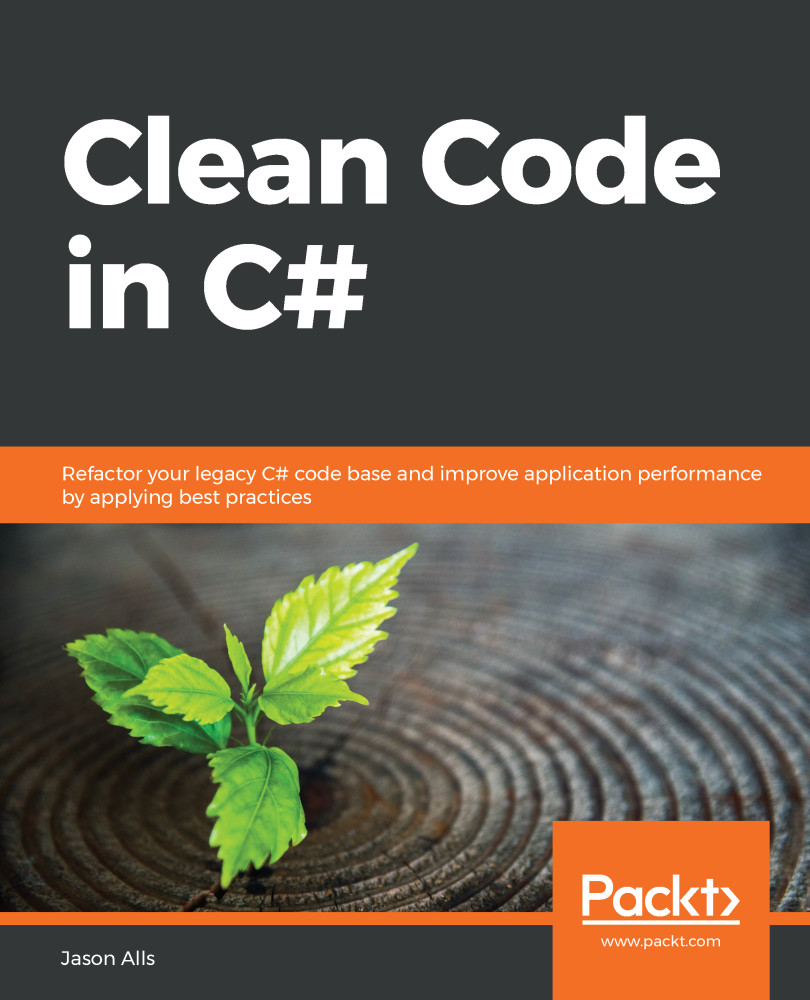As a programmer, your behavior on the team is governed by your methods of communication and interaction with other team members. The objects we program are no different. As programmers, we determine how objects will behave and communicate with other objects through the use of behavioral patterns. These behavioral patterns are as follows:
- Chain of responsibility: A sequential pipeline of objects that process an incoming request.
- Command: Encapsulates all the information that will be used to call a method at some point in time within an object.
- Interpreter: Provides interpretation of a given grammar.
- Iterator: Use this pattern to access an aggregate object's elements sequentially without exposing its underlying representation.
- Mediator: Use this pattern to have objects communicate with each other via an intermediary.
- Memento: Use this pattern to capture and save the object...


